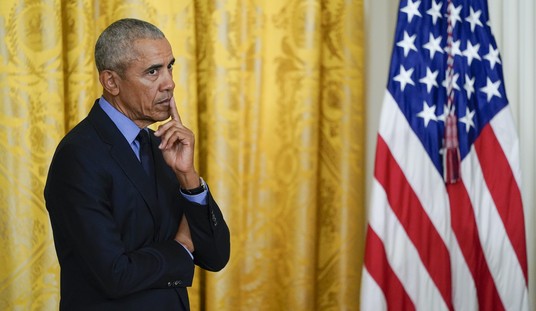I’m sure this is not news to A LOT of conservatives who have been following the immigration and border crisis closely, but we honestly have no clue how secure our border is with Mexico. House Homeland Security Chairman Rep. Michael McCaul (R-TX) spoke about his blueprint for a border security bill at the GOP retreat in Hershey, Pennsylvania earlier this month. The blueprint, called the Secure Our Borders First Act, will be voted on next week in the House.
According to Lauren Fox of National Journal, it will include 400 miles of new roads, 100 new border fences, forces the Department of Homeland Security to divulge more information about the state of the border, establishes a biometric data system, and invests more in air power for enforcement.
While this package might satisfy conservatives, the article notes that we really don’t know how secure our border is, which is just…. great:
How secure are the 2,000 miles that stretch from California to Texas today to begin with?There's only one problem -- nobody can tell you.
Along the border, there are records and metrics of how many Border Patrol agents are on the clock every year, how many migrants are caught illegally crossing into the United States, and how much money is being spent securing the border, but those numbers give merely a slice of the picture. There is no way to know for sure the answers to the bigger questions: How many individuals cross in total? And, how many of them slip by without detection?
"We know the amount of resources that have been invested," says Doris Meissner, a former commissioner at what was then the U.S. Immigration and Naturalization Service and a senior fellow at the Migration Policy Institute. "What we don't have is outcomes. How do we know what our return on investment is?"
Congress allocates more money to enforcing immigration laws through agencies like Customs and Border Protection and Immigration and Customs Enforcement than it does on the FBI, the Drug Enforcement Administration, the Secret Service, the U.S. Marshals Service, and the Bureau of Alcohol, Tobacco, Firearms, and Explosives combined. In 1992, CBP had just over 4,000 Border Patrol agents. In 2014, it had 20,863, and with more agents comes a ballooning budget bringing the cost of CPB up from $2.6 million in the early 1990s to $3.6 billion in 2014.
That's a lot of money to be spending without a clear understanding of the results.
Every agency has its own way of marking progress. The Border Patrol, for example, keeps records on the number of immigrants it catches entering the U.S. illegally. That number was up slightly over the last year at 479,371 – due in large part to a surge in unaccompanied minors from Central America. But, compared to a high-water mark in 2000 when more than 1.6 million immigrants were caught, the border appears to be far more secure than it was just over a decade ago.
But without knowing how many immigrants are actually slipping across the border undetected, it is hard to make accurate statements on how efficient the Border Patrol actually is. When it comes to making policy, that is a big hurdle, advocates says.
Recommended
At the same time, I’d rather have Congress find ways to remedy this problem, than the White House instituting executive action, but we shall see what happens when the debate over DHS funding comes to a head next month.
Right now, it appears that House Republicans will have a DHS funding bill. At Hershey, Rep. Jeff Denham (R-CA) said–with great confidence–that a DHS funding bill would be passed.
“We will not shut down this part of the government,” he said.
























Join the conversation as a VIP Member